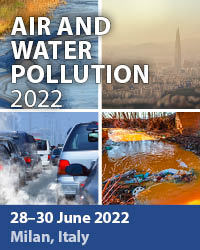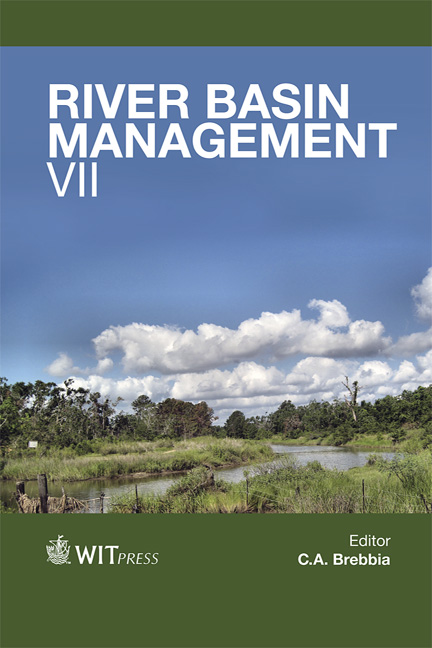Flood Modelling Of Upper Gurara Watershed Using Remote Sensing Data And The Geospatial Streamflow Model
Price
Free (open access)
Transaction
Volume
172
Pages
11
Page Range
39 - 49
Published
2013
Size
510 kb
Paper DOI
10.2495/RBM130041
Copyright
WIT Press
Author(s)
O. A. Agunbiade & O. D. Jimoh
Abstract
This study evaluates the use of Remote Sensing (RS) and Geographic Information System (GIS) technologies to augment the conventional methods used in watershed-scale hydrological modelling and rainfall-runoff studies in the Upper Gurara watershed in Northern Nigeria. Streamflow at the catchment outlet was simulated within a GIS environment at a daily time-step from the year 2001 to 2010, using freely available RS datasets and a physically based, semidistributed hydrological model (GeoSFM). Two procedures were available in the model for estimation of the contribution of soil moisture to streamflow generation: the Nonlinear Soil Moisture Accounting (NSMA), and the Linear Soil Moisture Accounting (LSMA) routines. Model performance was evaluated by comparing the monthly averaged simulated flows with the available observed historical data for 19 years (1971–1989). It was observed that both methods adequately estimated the peak flow occurrence and value when compared with the historically observed data. The log-transformed coefficient of determination (R2) between the observed and simulated flow was 0.96 and 0.68 for NSMA and LSMA respectively. It was concluded that the model and datasets performed satisfactorily in simulating the peak discharge in the basin but was inadequate in simulating the rising limb of the hydrograph and the total volume of flow at the catchment outlet. Keywords: flood modelling, remote sensing, geographic information system, ungauged catchment, soil moisture accounting, data scarce locations.
Keywords
Keywords: flood modelling, remote sensing, geographic information system, ungauged catchment, soil moisture accounting, data scarce locations.





